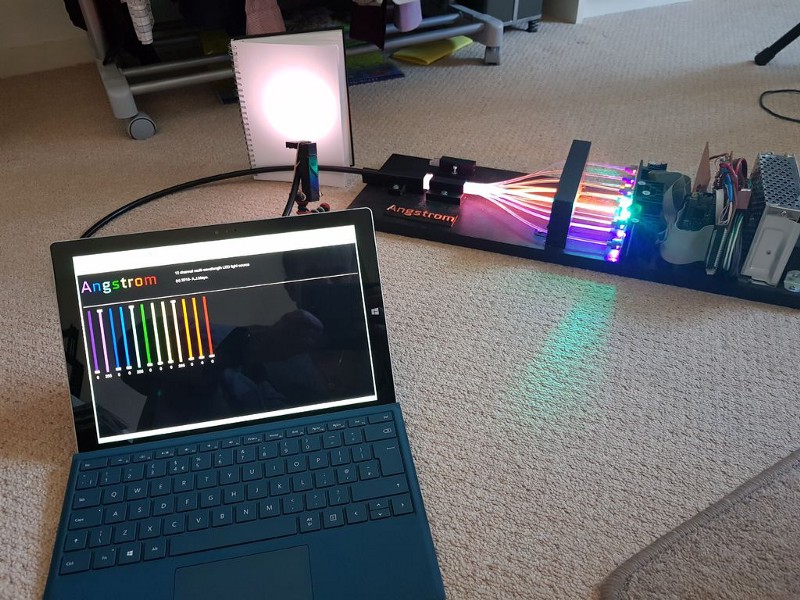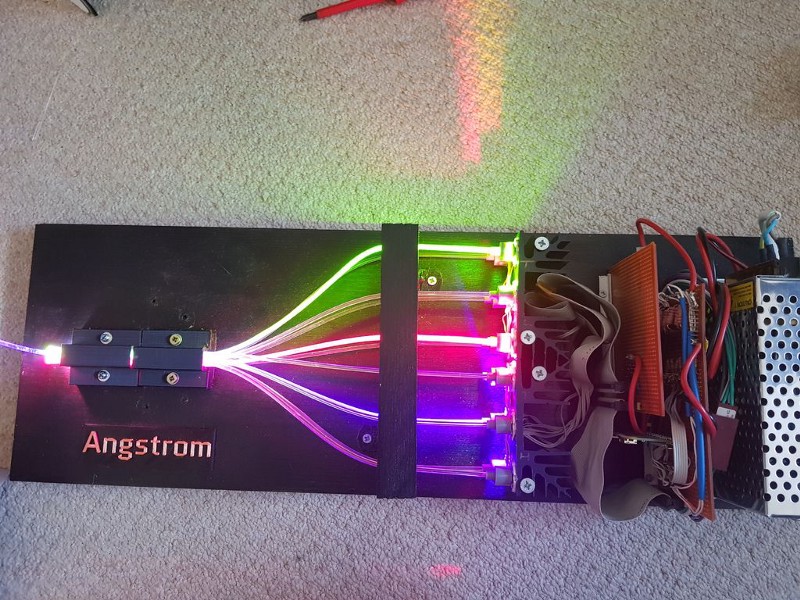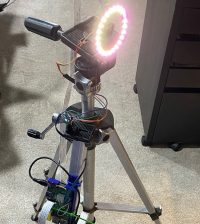- How to Adjust X and Y Axis Scale in Arduino Serial Plotter (No Extra Software Needed)Posted 7 months ago
- Elettronici Entusiasti: Inspiring Makers at Maker Faire Rome 2024Posted 7 months ago
- makeITcircular 2024 content launched – Part of Maker Faire Rome 2024Posted 9 months ago
- Application For Maker Faire Rome 2024: Deadline June 20thPosted 11 months ago
- Building a 3D Digital Clock with ArduinoPosted 1 year ago
- Creating a controller for Minecraft with realistic body movements using ArduinoPosted 1 year ago
- Snowflake with ArduinoPosted 1 year ago
- Holographic Christmas TreePosted 1 year ago
- Segstick: Build Your Own Self-Balancing Vehicle in Just 2 Days with ArduinoPosted 1 year ago
- ZSWatch: An Open-Source Smartwatch Project Based on the Zephyr Operating SystemPosted 1 year ago
Angstrom: 12 Channels Into a Single LED Light

The Angstrom Tuneable LED Light Source combines 12 channels into a single LED light and is powered via a 5V 60W supply, giving it plenty of room to power what’s onboard, and even more LEDs could theoretically be added if so desired. Cooling is provided by a pair of heatsinks.
“Angstrom is a 12 channel tuneable LED light source that can be built for under £100. It features 12 PWM controlled LED channels spanning 390nm-780nm and offers both the ability to mix multiple channels to a single 6mm fibre-coupled output as well as the capability of outputting any or all channels simultaneously to individual 3mm fibre outputs.
Applications include microscopy, forensics, colorimetry, document scanning etc. You can easily simulate the spectrum of various light sources such as compact fluorescent lamps”
The heart of this device are twelve 3W star LEDs, with the following wavelengths: 390, 410, 440, 460, 500, 520, 560, 580, 590, 630, 660, and 780 nm. That’s deep red to almost ultra violet, and everything inbetween. These are controlled via a Raspberry Pi Zero W with 12 PWM channels in a circuit that’s basically just a bunch of Mosfets.
A 3D printed mount holds and connects optical fibers and sends them into an optical combiner that is basically just a square acrylic rod. This is output to another optical fiber that will shine on just about anything.
















